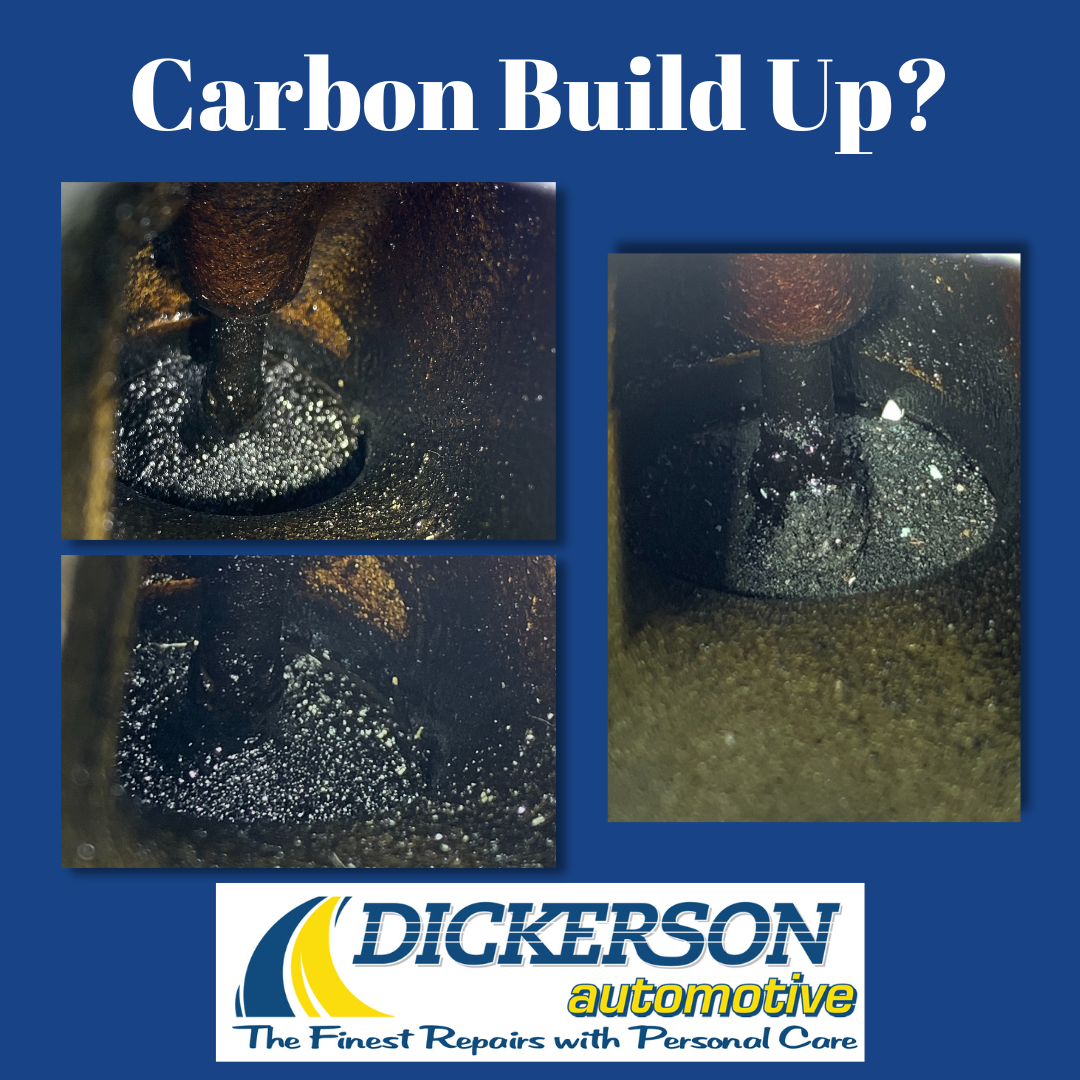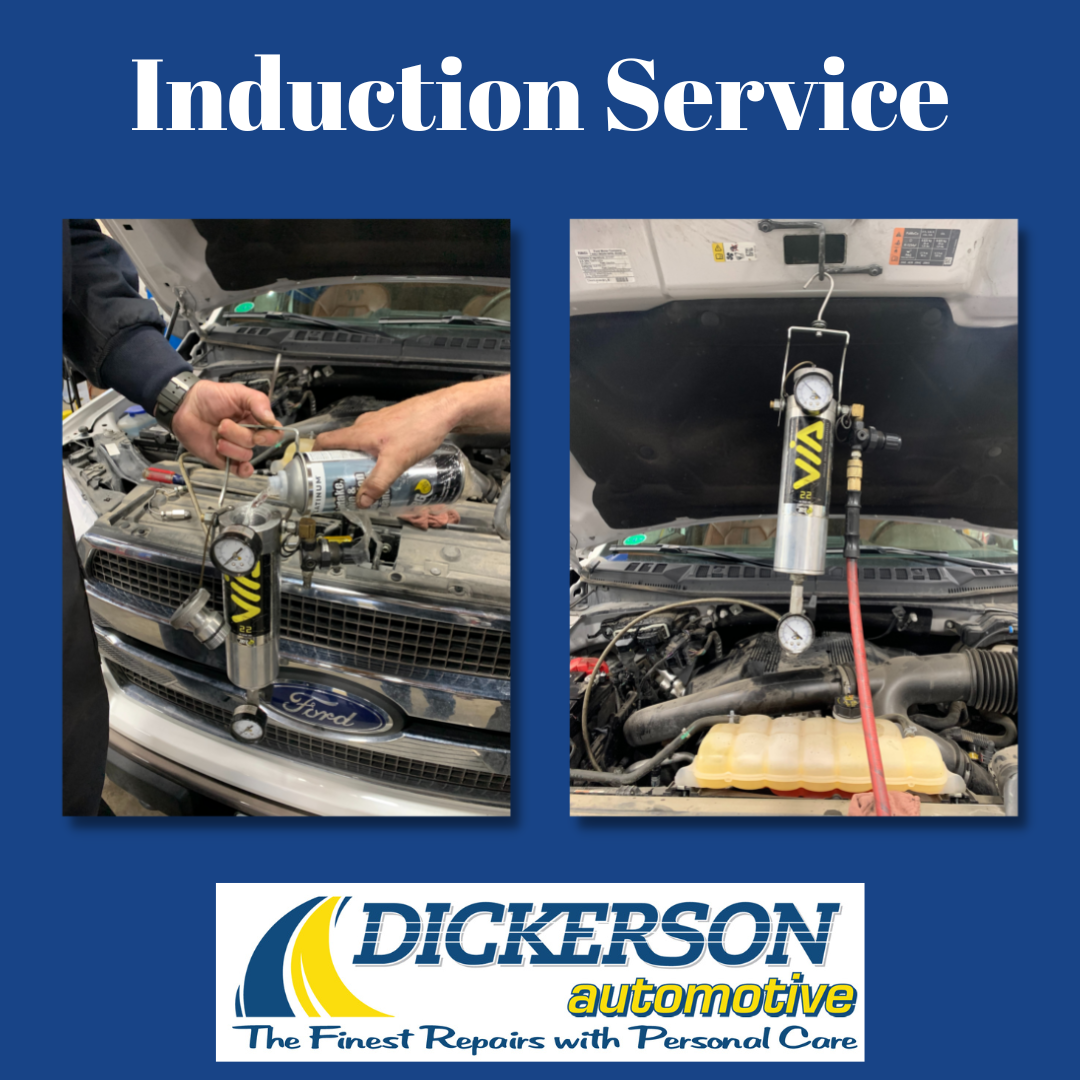
What is carbon build up?
In order to understand where carbon comes from a quick explanation of how an internal combustion engine functions is helpful. Vehicles use air, fuel, and spark to create the boom effect inside the engine. Air is sucked into the air intake manifold by the engine and inside this intake manifold contains fuel injectors that spray fuel into the manifold, the fuel then mixes with the air and is delivered to the combustion chamber through the intake valve, this process is called port injection.
Carbon is a by-product of the internal combustion engine and is ultimately unavoidable. Carbon build up happens when fuel in the combustion chamber is not fully burned and leaves a dark sticky residue on the surface it comes into contact with. On older vehicles the carbon build up was not as prominent as it is in newer models. This is because the fuel is delivered within the air intake system, as the fuel runs down the intake valve and is delivered into the combustion chamber the fuel will clean the carbon off of the intake valve and preventing excessive carbon build up. This fuel delivery method is called Multiport Injection and has been used for a very long time. However auto manufacturers have designed a new fuel delivery system called Gasoline Direct Injection or GDI for short.
GDI Explained
GDI works very differently than port injection. Instead of the fuel being delivered into the combustion chamber with the air through the intake manifold, gasoline is directly injected into the combustion chamber with a high pressure fuel pump separate of the air delivery. This new technology did a couple of things, it created a cooler combustion inside the cylinders as well as a more complete combustion of the fuel that was being delivered which also increased fuel economy. This system is a precise and very efficient system however it came with some draw backs.
Since GDI engines deliver the fuel directly to the cylinder separate from the intake valve like port injected vehicles, there was no fuel being used to clean the intake valve of the carbon that inevitably builds up on the valve. Due to no cleaning of the valves carbon will build up excessively on the valve and cause a number of issues. If too much carbon gets built up the valve may not close all the way and seat properly. This can be potentially catastrophic, if the valve wont fully close it may come into contact with the top of the piston which will damage the valve and or the piston leaving the vehicle unable to run. Most commonly however the build up creates a misfire condition due to the valve not properly seating.

How do I prevent the carbon build up from happening?
There is a way to prevent the carbon from building up excessively through regular maintenance. This service is called an induction service and is a very thorough cleaning of the intake system. We use a very aggressive cleaning chemical that is designed to break down and clean off carbon build up, by pouring the chemical into a cylinder which is then pressurized with air it is installed into the intake system while the vehicle is running. This chemical is sprayed in a very fine mist and travels throughout the intake system breaking down any carbon it comes into contact with and then sending it out the exhaust system as a vapor. This service is recommended every 30,000 miles on GDI vehicles but can be done on any intake system, it can even improve fuel mileage if done regularly.
There are some situations where an induction service is just not enough. One option for vehicles with excessive carbon build up sometimes a more intrusive and aggressive cleaning method is needed. When carbon build up get so excessive that an induction service is not enough the intake manifold is completely removed and an aggressive carbon cleaner is used and dumped straight into the intake ports. This can be a very time consuming process because the cleaner needs to sit inside the intake ports for about 8 hours to allow the chemical to break down the carbon, and only a limited amount of intake ports can be serviced at one time. Usually this is a two day process in order to clean every intake valve properly. The intake manifold is then installed and the vehicle is test driven to see if the misfire condition has been corrected. If the misfire is still present there is only one other option left, and that is to remove the cylinder head to clean the valves. When the cylinder head is removed each valve is removed from the cylinder head and cleaned individually and then reinstalled into the cylinder head. This option is worst case scenario, to prevent this a regularly scheduled induction service is done to prevent the carbon build up from reaching the worst case scenario.
Since GDI is such a new fuel delivery method we are now starting to see these issues more commonly. However, vehicle manufacturers are aware of this condition and have started to change the way the GDI system works in order to prevent the carbon build up from happening at such a rapid rate. Manufactures have moved to a dual fuel system using the GDI system in conjunction with the Multiport Injection system. By doing this vehicles achieve all of the benefits of GDI, and the Multiport Injection is used not only to deliver fuel to the combustion chamber, but is also used to clean carbon from the intake valve. By using both systems together the draw backs of GDI’s carbon build up is reduced significantly.

Maintenance is Key!
We have noticed this issue is starting to become more and more frequent with GDI vehicles, and we have become very familiar with the symptoms of carbon build up and how it effects your vehicle. Regular fuel induction maintenance is very important, and relatively inexpensive compared to a full cylinder head disassembly and cleaning. If your car doesn’t seem to be running right or have questions about GDI systems give us a call!
Sources:
- https://axi-international.com/carbon-deposits-what-is-carbon-buildup-and-how-to-prevent-it/#:~:text=Carbon%20deposits%20and%20buildup%20are,%2C%20intake%20valves%2C%20and%20more
- https://strutdaddys.com/the-truth-about-gasoline-direct-injection-how-to-care-for-your-gdi-engine/#:~:text=Gasoline%20direct%20injection%20engines%20work,cooler%20temperatures%20inside%20the%20cylinder
- https://www.caranddriver.com/news/a15342328/explained-why-some-engines-have-both-port-and-direct-injection/